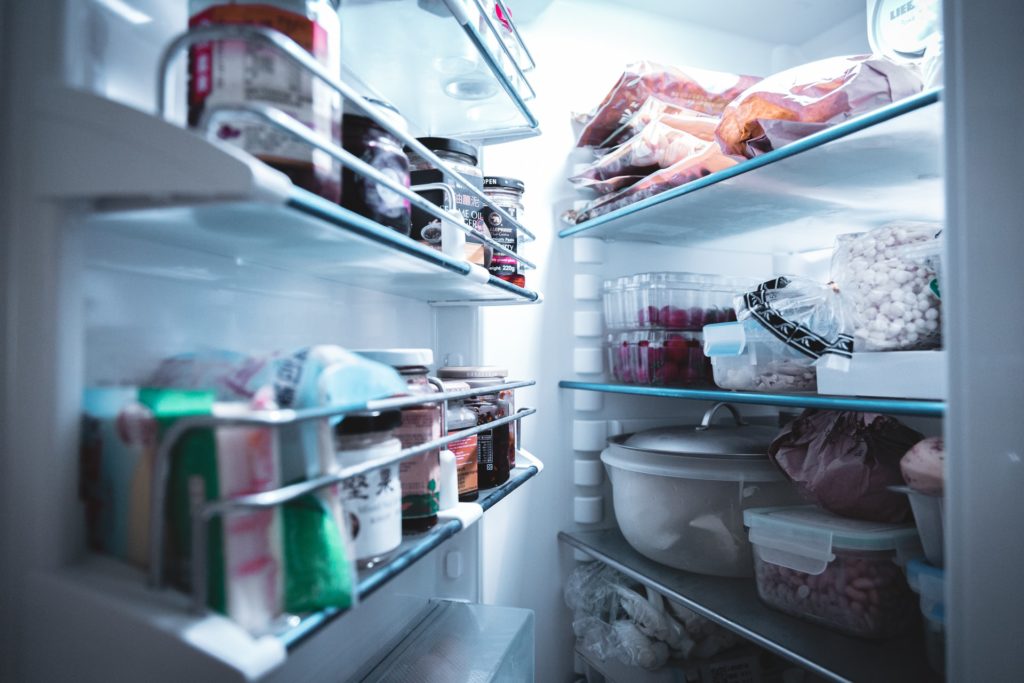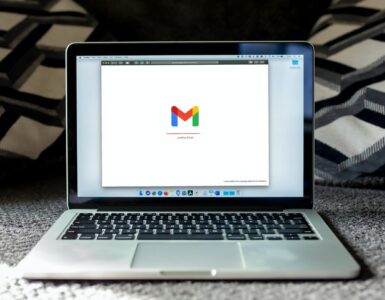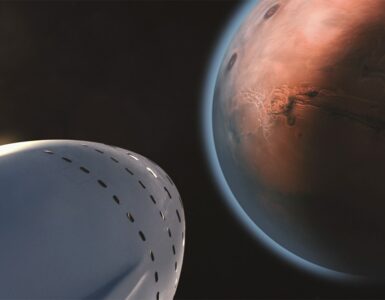Energy efficiency leads to reduced power bills for domestic consumers. It also addresses environmental concerns such as climate change. With technological improvements, companies have focused on improving the efficiency of appliances in households due to consumer demand.
Chances are that you have purchased an electronic gadget in recent years. A product’s energy efficiency rating greatly influences most consumers buying choice. According to a study carried out by the European Commission (EC), 93% of the population are aware of energy labels. From those, a majority of consumers, 79%, consider green labels when purchasing possible energy-efficient electronics such as refrigerators and TVs.
Energy labels were originally rated as A, B, C, and D. However, due to technological advancements, the ratings as from 2010 were extended to A+, A++, and A+++.
How Much Electricity Does My TV Use?
Modern LED-illuminated TV displays use little energy between 94 and 267 kilowatt-hours per year for a typical 55-inch display. Back in the day, a CRT television of 30 inches used approximately twice as much electricity.
These are the two labels you can look for if you in the United States;
- Energy Guide: This obligates all TV manufacturers to put a yellow label on their product, indicating the yearly cost of operation in dollars.
- Energy Star: This voluntary program recognizes the most energy-efficient models of their generation through a joint effort put in by the Department of Energy(DOE) and the U.S. Environmental Protection Agency (EPA)
How Much Electricity Does My Fridge Use?
In the last two decades, refrigerator energy efficiency has progressed immensely. Currently, most models consume 25 percent or less energy as compared to refrigerators of the 1970s.
Owning a fridge with a freezer from the 70s, with a capacity of 19.0-21.4 cubic feet, meant you were likely to use around 2,000 kWh annually. If you pay $0.10 for electricity per kWh, that translates to approximately $0.55 per day, $16.67 per month, and $200 per year.
Habits that make your Appliances Use More Energy
Despite all the advertised energy-saving features of newer appliances, the savings the customer may observe will vary greatly mostly due to usage habits. For example, opening and closing your refrigerator multiple times in a day will mean that the compressor has to run over and over again to regain the lower temperatures lost as the refrigerator’s door is open. Likewise, leaving your Television running all day long or when not in use will mean that you are wasting electricity. Also, setting a higher brightness than necessary will mean that the TV’s LEDs consume extra energy to brighten up your screen.
Energy-Saving Tips For Your Fridge
- Adjust the thermostat accordingly, most refrigerators include a dial to adjust the the temperature and operation of the compressor according to the weather season.
- Frequent opening of the fridge door should be minimized. This could potentially lead up to 24% savings in energy consumption.
- Cool down warm food before storing it in the fridge. Hot foods increase the inside temperatures of the fridge, making the compressor work further.
- Cover any foodstuff placed inside the refrigerator, if possible use tins with lids to ensure the food’s moisture doesn’t escape into the refrigerator.
Energy-Saving Tips For Your Television Sets
Modern electronics usually stay powered on even after switching them off say using a remote control. Instead, they go into a low power consumption state known as “stand-by”. This helps the device power on quickly as in cases of televisions.
To reduce this;
- Do not leave your television on stand-by power if you are not regularly using it. Unplugging it from the wall will save you up to 10% of energy.
- Switch the receiver or additional speaker system as well.
- Enable extra power-saving features that may be located in your TV’s settings menu.
Conclusion
The Energy efficiency in fridges and TVs has greatly improved. This can be attributed to technological advancements and consumer awareness of environmental conservation. Needless to say, more can still be done to increase consumer awareness.












